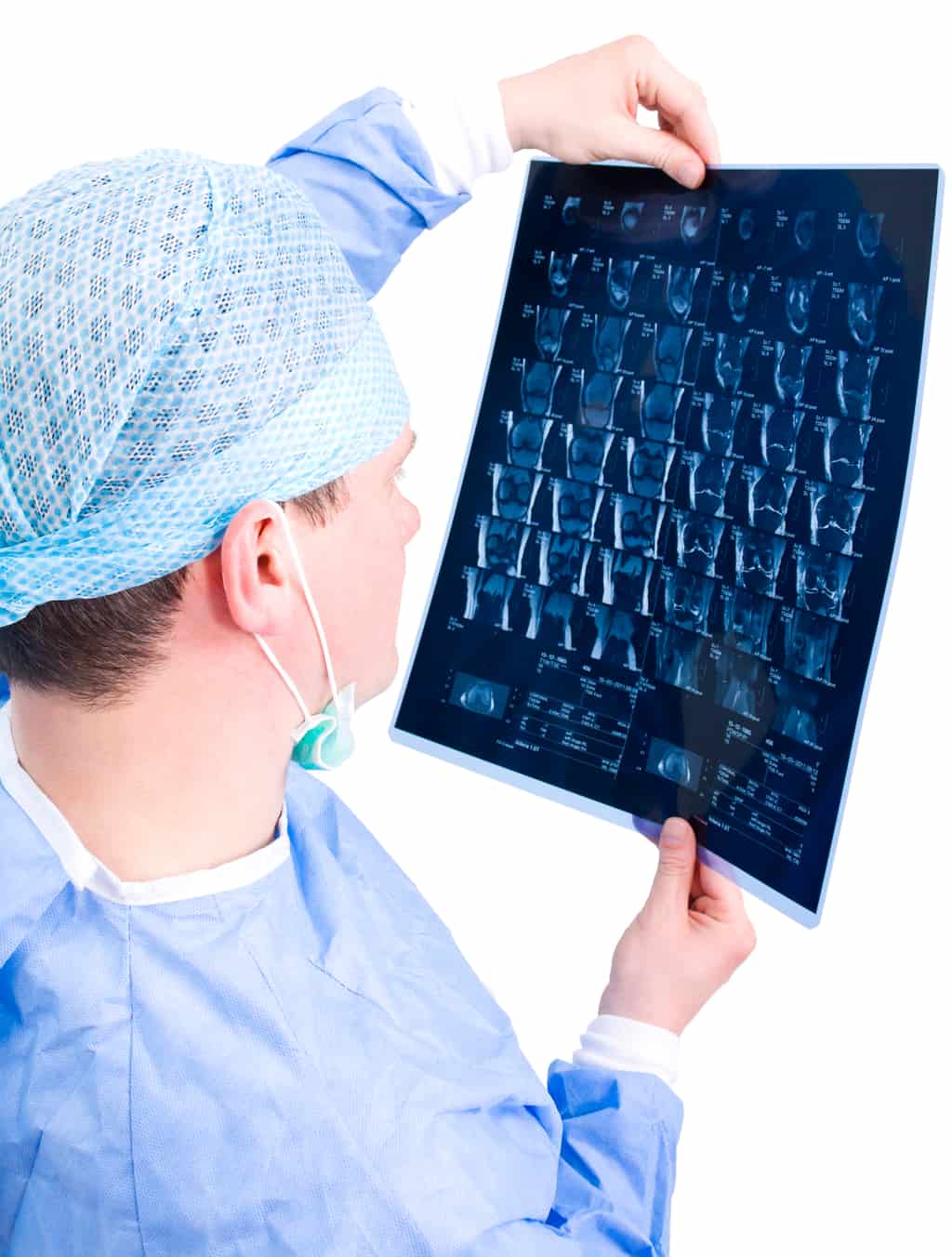
[cmamad id=”16063″ align=”center” tabid=”display-desktop” mobid=”display-desktop” stg=””]
No more pain from these common procedures
—-Important Message—-
Get a surge of testosterone after drinking coffee this way…
I always ask for this when I get my coffee.
Because if you don’t ask for this, coffee can actually lower your testosterone…
Numerous studies like this one show that these cups cause potent and dangerous levels of bad chemicals to enter your body:

————
New scanning technology – no more needles
Liver diseases are becoming very common in the developed world.
30-40% of Americans have the milder form of fatty liver disease (NAFLD).
Up to 12% have more advanced fatty liver disease (NASH).

These liver conditions can progress to liver failure through scarring (cirrhosis).
Or they can progress even further to liver cancer.
Diagnosis of liver disease is primarily done via biopsy – a procedure that removes a small piece of liver tissue for examination.
Liver biopsy is often painful.
A new study shows that using magnetic resonance imaging could be a way for many people to avoid biopsies.

This paper was coordinated by a team at the University of Birmingham’s Centre for Liver Research in the UK and published in the Journal of Alimentary Pharmacology and Therapeutics.
This study included men and women – the final analysis included 50 liver disease patients and 6 healthy control subjects.
The study used a number of different magnetic resonance imaging scans and some blood tests.
The researchers compared the results of these scans and blood samples to the results of liver biopsies.
This was to find out if these non-invasive tests had any accuracy in the early detection of liver disease.
[cmamad id=”16064″ align=”center” tabid=”display-desktop” mobid=”display-desktop” stg=””]
The study demonstrated a very good degree of accuracy between the scan + blood tests vs the gold standard liver biopsy.
“Overall assessment of disease activity showed significant correlation with scan results.”
The battery of non-invasive tests was able to discern who had liver disease and to what degree.
“Scanning imagery plus blood tests picked up statistically significant differences between healthy volunteers, low-risk patients, and high-risk patients.”
The new diagnostic methods were able to rule out liver disease in healthy people, without the need for a liver biopsy.
“These techniques confirmed the effectiveness of imaging as well as liver stiffness and liver fibrosis to exclude liver disease – with the cT1 magnetic resonance scan having the highest accuracy for differentiation of fatty liver disease and healthy volunteers.”
The cT1 magnetic resonance scan is a way of analyzing the data from the magnetic resonance imaging (MRI) scan.
It could be particularly helpful in avoiding unnecessary liver biopsies.
“Negative predictive values, suggesting those patients for whom biopsy could potentially be avoided, were substantially higher for cT1 scan compared to liver stiffness test and fibrosis testing.”
The use of cT1 scanning alone could cut in half the number of required liver biopsies in the UK.
(This study took place in the UK.)
“For example, the use of the “cT1 only” risk stratification pathway was estimated to reduce the number of biopsies required – by almost half.”
The scanning technologies are not only better for the patients’ health but also cheaper to provide.
“As a result, the estimated saving was £150,218 (USD 203,485) per 1,000 patients, relative to the pathway in which biopsies are performed on all patients.”
This study shows that non-invasive and relatively painless methods can find liver disease and tell you a lot about its relative progression.
“Multiparametric magnetic resonance imaging with liver multiscan has the ability to identify patients with nonalcoholic fatty liver disease and to quantify liver damage and overall disease activity.”
One area where this scanning technology was not superior was in assessing fibrosis – the thickening and scarring of diseased tissue.
“Magnetic resonance imaging was superior for the grading of steatosis, grading of nonalcoholic steatohepatitis severity, and for excluding disease, but in this cohort was inferior for the staging of fibrosis.”
You should see a healthcare professional about assessing liver health.
—-Important Message—-
Mystery solved: why these diabetic men have great sexual prowess while others do not…
It’s a huge mystery. Some men with diabetes have no trouble with sex. Others can’t get an erection to save their lives.
I think I have the answer…
Start with this:
In the man’s body, only type 2 diabetes truly ravages a man’s sex life and ruins his erections…
Type 1 diabetics generally are okay. Type 2 diabetic men have a LOT of erectile dysfunction problems…
So I wanted to know what is it that keeps type 2 men from being able to have sex?
It turns out that type 2 diabetic men have a particular metabolic problem that ALSO happens to cause ED…
I spent years figuring out what that metabolic problem IS…
…and I stumbled on research that was 60 years old, it’s been repeated many times, and I came up with this simple $2 remedy…
Thousands of men have used this $2 remedy to reverse their type 2 diabetes AND get their sex lives back.

It’s true, even Harvard discovered this (but sat on it, never publicizing it…)
———


Leave a Reply